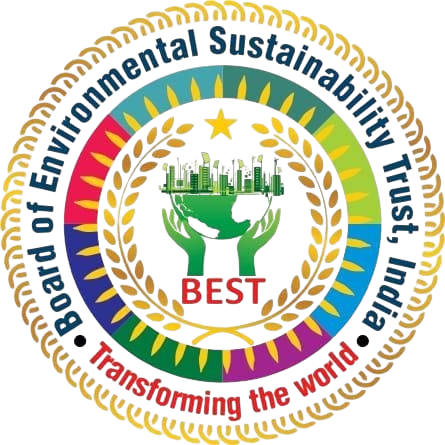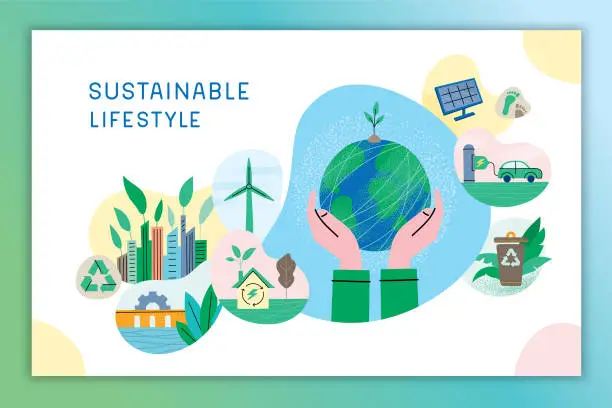Board Of Environmental Sustainability Trust

Board of Environmental Sustainability Trust (BEST)
We don’t inherit the Earth from our ancestors,
we borrow it from our children. Let’s conserve it
Disaster Management Project

At the Board of Environmental Sustainability Trust (BEST), our mission of “Transforming the World” extends to preparing for and mitigating the impacts of natural and man-made disasters. The Disaster Management Project is a comprehensive initiative aimed at building resilient communities through preparedness, response, recovery, and risk reduction strategies.
Why Focus on Disaster Management?
Disasters disrupt lives, economies, and ecosystems, often disproportionately affecting vulnerable populations. Effective disaster management is crucial for:
Saving Lives: Minimizing casualties through preparedness and early action.
Reducing Economic Losses: Protecting livelihoods, infrastructure, and resources.
Building Resilient Communities: Empowering communities to withstand and recover from disasters.
Environmental Protection: Preventing environmental degradation caused by disasters.
Objectives of the Disaster Management Project
Preparedness: Enhance community readiness through training and awareness programs.
Risk Reduction: Identify and mitigate potential disaster risks in vulnerable areas.
Emergency Response: Ensure rapid and effective response to minimize disaster impact.
Rehabilitation and Recovery: Support affected communities in rebuilding lives and infrastructure.
Climate Adaptation: Promote sustainable practices to reduce the long-term effects of climate change-induced disasters.


Core Activities
1. Risk Assessment and Planning:
Conduct vulnerability and risk assessments in disaster-prone areas.
Develop localized disaster management plans in collaboration with communities and authorities.
2. Capacity Building:
Organize training sessions for communities on first aid, evacuation protocols, and emergency response.
Train local volunteers and organizations to act as first responders.
3. Infrastructure Development:
Strengthen disaster-resilient infrastructure, including safe shelters and water management systems.
Develop early warning systems for natural disasters such as floods, cyclones, and earthquakes.
4. Emergency Relief Operations:
Mobilize resources and coordinate relief efforts during disasters.
Provide immediate assistance, including food, water, medical aid, and temporary shelter.
5. Post-Disaster Recovery:
Facilitate long-term rehabilitation through rebuilding infrastructure, homes, and livelihoods.
Offer psychological counseling and support to disaster-affected individuals.
6. Climate Change Mitigation:
Promote reforestation, sustainable agriculture, and renewable energy initiatives to combat climate change.
Educate communities on reducing their environmental impact to prevent future disasters.
Achievements to Date
Conducted over 200 risk assessments and developed disaster management plans for 150+ vulnerable communities.
Trained 50,000 individuals in disaster preparedness and first aid.
Constructed 100 disaster-resilient shelters in high-risk regions.
Provided emergency relief to over 500,000 individuals during floods, earthquakes, and cyclones.
Partnered with 300 organizations globally to enhance disaster response capabilities.
Global Alignment
The Disaster Management Project aligns with the following United Nations Sustainable Development Goals (SDGs):
SDG 3 (Good Health and Well-being): Ensuring well-being during and after disasters.
SDG 11 (Sustainable Cities and Communities): Building resilient communities and reducing disaster risks.
SDG 13 (Climate Action): Addressing climate change and its impact on disasters.

Get Involved
As an Individual:
Volunteer for training programs and relief operations.
Support the initiative by donating funds, resources, or time.
As a Community:
Collaborate with BEST to create localized disaster management plans.
Participate in training sessions and awareness campaigns.
As an Organization:
Partner with BEST to fund or implement disaster management activities.
Provide technical expertise or resources to enhance project outcomes.
Future Goals
Expand the project’s reach to 1,000 vulnerable communities by 2030.
Develop a global network of trained disaster response teams.
Establish a centralized digital platform for real-time disaster monitoring and coordination.
Join the Mission
The Disaster Management Project is a collective effort to protect lives, livelihoods, and ecosystems from the devastating impacts of disasters. By working together, we can build a safer, more resilient world.
Take action today—become a part of the Disaster Management Project and help us transform the world, one community at a time!